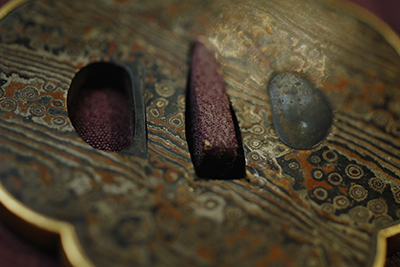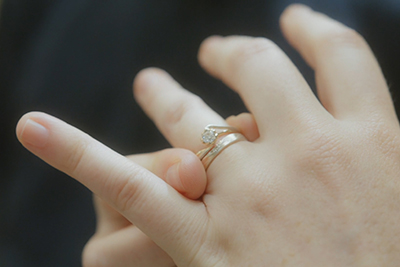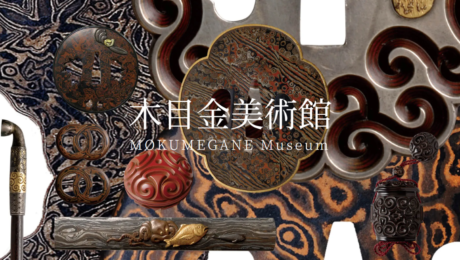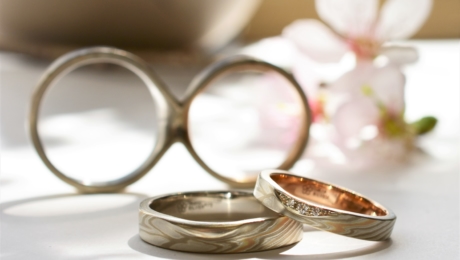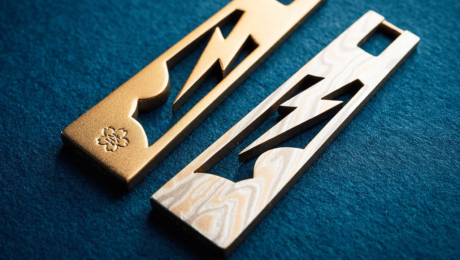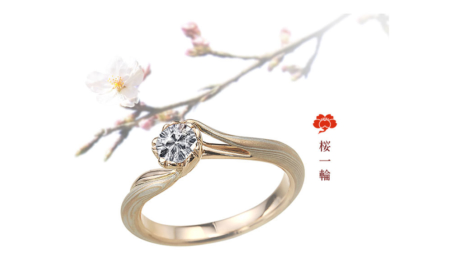

A Traditional Technique Once Thought of as a Forgotten Technique Used for Crafting Jewelry
The beautiful grain patterns are made from compiling layers of metals with different colors. Handcrafted by a craftsman, different metal combinations create different expressions, creating a one-and-only bridal ring in the world. This is Mokumeganeya, with a company studio in Shibuya that utilizes the 400-year-old traditional technique for making modern jewelry.
Mokume Gane is a unique metal processing technology that started during the Edo period, originating in Japan. It was a useful technique to make sword fittings like the tsuba (sword hilt) and was also used to make pipes and tea ceremony tools in the late Edo period. However, with the sword prohibition act in the Meiji Period, the technique was lost at one point. Still, creators mesmerized by the technique barely managed to pass it on. “This technique that Japan is proud of should not fade away. On the contrary, it should be a brilliant entity in the modern time to pass it on to future generations.” It was with this thought that Masaki Takahashi, the president of Mokumeganeya, started the jewelry brand. Since the company was established in 2003, the company continues to produce products as a made-to-order bridal ring specialty store by adding new values to the traditional technology.
A Mokumeganeya ring starts by making the material, Mokume Gane, from metal plates. Customers select from a choice of seven types of metals, which are compiled, forged, bent, and beat flat to make unique grain patterns. Different metal combinations create various expressions. For example, the popular marriage ring, Beni Hitosuji (A Line of Crimson), has a contrast of deep gray-colored white gold and bright white-colored silver, with a touch of sakura-colored pink gold. Even combining the same metals creates different patterns each time, so the ring is precisely one-and-only.
Besides continuing to study traditional Mokume Gane patterns, the company also actively develops innovative products from user participation. For example, Tsunagaru Katachi (A Form of Connection) are two connected rings that are left part connected in the process of separating two rings. The two rings are completed by the couple who separate the rings together. The shared experience becomes a memory, and the rings can be completed with the traces of the rings that were once connected, so they are popular that they always remind couples of their bonds.
“Through these new initiatives, we want to develop and pass on the technology. In the future, we want to spread it to other countries as a made in Tokyo brand.”
